Every Mercury outboard service interval instructs you to grease points, but what does that mean? This article dives into this issue to offer some clarification as to what exactly you need to do.
Shop Recommended Products
Greasing the points of your Mercury outboard requires lubricating four types of areas:
- Grease fittings, grease nipple, or Zerk fitting (all names for the same thing)
- Moving components and pivot locations
- Bolts and screws
- Propeller shaft
To perform this task, you will need the following:
- Mercury 2-4-C Marine Lubricant with PTFE or 2-4-C Grease with Teflon grease gun cartridges
- Mercury 2-4-C Marine Grease with PTFE - 8 oz tube
- Marine silicone spray lubricant
- Rag
- Disposable gloves (optional)
How Often Should You Grease Your Mercury Outboard Grease Points?
You must grease all points at regular service intervals—minimally, annually. Saltwater boaters need to lubricate much more frequently as saltwater breaks down grease, and saltwater on non lubricated surfaces causes a great deal of damage.
Grease Points
The following describes how to lubricate the four primary types of grease points on your outboard:
Grease Fittings
Again, Zerk fitting, grease fitting, or grease nipple are all names for the same thing. It is a metal fitting used to feed marine lubricating grease into a bearing under moderate to high pressure using a grease gun.
Refer to your owner’s manual to locate all the grease fittings on your specific engine. Most will be easy to find, but a couple are likely tucked away and are not quite as visible. While you must familiarize yourself with the grease fittings on your specific engine, common grease fitting points include:
- Steering friction adjustment shaft (tiller handle models)
- Swivel bracket
- Tilt tube
- Steering cable grease fitting
To add grease, first wipe off the grease fitting before attaching the grease gun nozzle to avoid pumping dirt and debris into the grease point. Also, you may have to remove rust and other debris clogging/blocking grease fittings.
Pump grease into the fitting until grease begins oozing out of the exit points of the area being greased. The old grease will be pushed out as it is being dislocated by the new grease. Wipe off the old grease with your rag.
When a given grease point is full, leave a bit of grease on top of the grease fitting to keep rust and other debris from accumulating. Wipe off any excess grease with your rag, then move to the next grease fitting.
While not needed for all scenarios, it is worth noting that Mercury’s High Performance Extreme Grease is formulated for high temperature and high load applications and 100% compatible with lithium-based greases.

Moving Components and Pivot Locations
Again, check your owner's manual to identify all recommended lubrication points. Essentially, you’ll want to lubricate anything in your Mercury outboard that moves, such as the throttle cables, shift cables, cowling latch, and pivot locations. We like Mercury 2-4-C Marine Grease with PTFE for cables and steering rods. For other moving components in the engine, we like CRC Marine Heavy Duty Silicone as it is just a little easier and less messy.
Bolts and Screws
Liberally apply Mercury 2-4-C Marine Grease from either your grease gun or tube to your transom clamp screws and any other bolts and screws. Left in place and unlubricated, over time, bolts and screws will seize up and become very difficult to turn when the time comes.
Propeller Shaft
Remove the propeller shaft, then liberally coat it with grease from either your grease gun or from your tube of Mercury 2-4-C Marine Grease. As part of performing this task, take the time to make sure that your propeller and shaft are free of fishing line. Also, inspect the cotter pin. If the cotter pin shows any sign of deterioration, replace it. Cotter pin replacement is a very easy and inexpensive task that can avoid inconvenient and expensive problems.

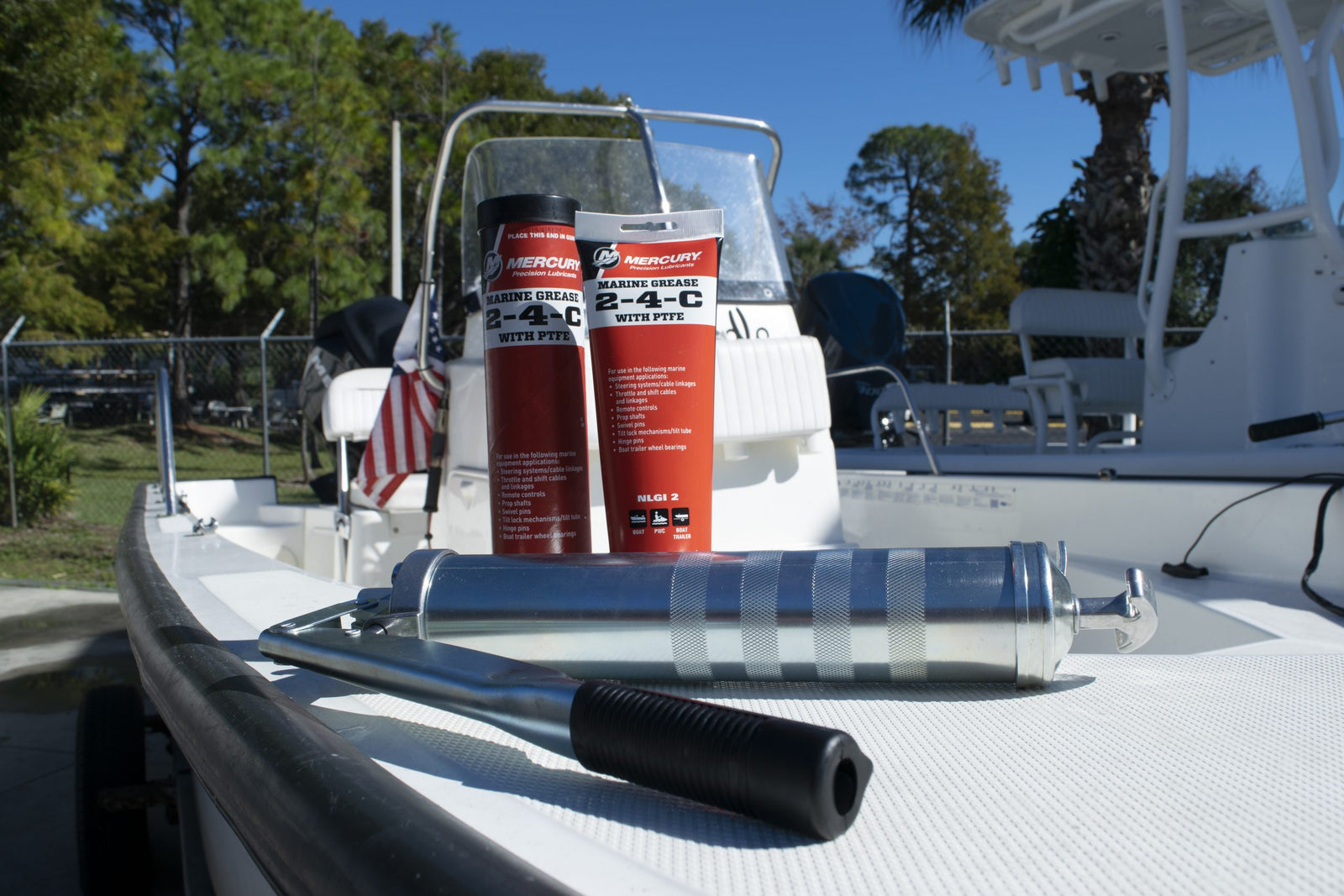
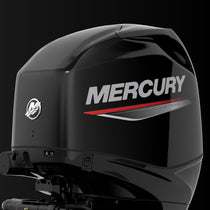
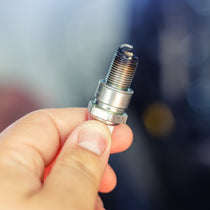
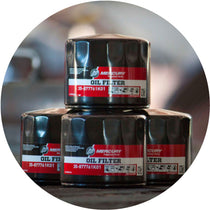
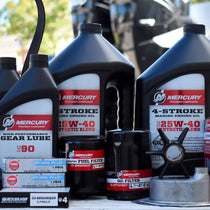
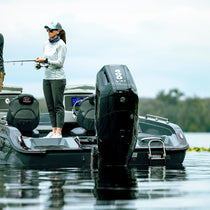













5 comments
fleet farm has them 4- pks
fleet farm has them 4- pks
I’m lucky that I’m here as I don’t have to search further for the most effective marine grease. Thank you so much this information was certainly helpful
Who’s got a 1975 to 1985 Mercury 115 hp 2 stroke? I like to know how to grease everything and where the grease ‘tits’ are, Mine is specifically a 1979.
I have a 2010 Mercury 60 HP motor. Recently I noticed the tilt shaft grease nipple was missing. I have tried various boating shops in Melbourne however unable to purchase at least one grease nipple which has a 8mm spanner size. Could you advise.
many thanks
Brian Crawford